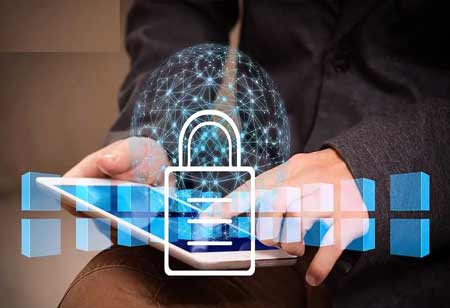Thank you for Subscribing to Healthcare Business Review Weekly Brief

Rehabilitation Advice by phone and zoom in Alberta
Healthcare Business Review
The COVID-19 pandemic caused a worldwide shutdown of many ambulatory care services including rehabilitation services like physiotherapy and occupational therapy. Alberta Health Services (AHS), located in Alberta Canada, quickly looked to new and alternate ways to keep people connected to rehabilitation support knowing that rehabilitation is essential for maintaining the health, function, psychological and social well-being of ourselves and our communities.
The Rehabilitation Advice Line (RAL), a specialty team within the larger AHS Health Link 811 health service tele-triage, advice, treatment, and system navigation program, was stood up in May 2020 to meet Albertan’s rehabilitation needs by providing tele-triage and rehabilitation advice. This first-of-its-kind team in Canada is staffed by physiotherapists (PT) and occupational therapists (OT) and Therapy Assistants (TA). The team began by leveraging 811 nursing tele-triage expertise to create safe, evidence-based guidelines that ensure callers are linked to the most appropriate level of care, given rehabilitation advice, and directed to services in their area of the province. As the pandemic wore on the rehabilitation line focused on supporting those who have musculoskeletal conditions, neurological conditions, or those recovering from COVID-19 or experiencing long COVID sequela. In March 2023 support for parents, guardians, or caregivers with concerns about their child’s development and well-being was added.
The team operates in a primary therapist model, meaning that the next available therapist supports the next caller in the “queue”. They can offer warm handovers to other Health Link 811 teams such as the Addictions Mental Health Helpline, Dietitian support line, 811 Nursing triage line, or 811 Virtual Physician line when a caller presents with a mental health or medical issue that falls outside of their scope of practice.
With the addition of teams like RAL, Health Link 811 has grown into a virtual interdisciplinary team that can quickly find the most appropriate care for someone in need of health advice.
As part of an evaluation project, RAL partnered with the University of Alberta’s Robotics department and did some early evaluation of the patient experience and the reason for calls.
The evaluation used machine learning and reported that 98% of calls mentioned pain as part of their reason for calling. The same percentage of callers said they would recommend the service to their friends and family.
Some of the success of the line can be attributed to the integration of the line into provincial care pathways. One example of this is the standardization of access to publicly funded physiotherapy services for low-income Albertans. RAL was identified as a central point of access in this care pathway and was incorporated into the standardized screening process and eligibility criteria. RAL Therapists are now available to guide callers to community services where appropriate and determine when advice alone may be the right approach to care.
“The Restoration Guidance Line (RAL) was established in May 2020 as a speciality team within the larger AHS Health Link 811 health service tele-triage, advice, treatment, and system navigation program to meet Albertans' recovery requirements.”
This team continues to evolve with the addition of video conferencing, using Zoom, to follow up with callers who have reliable internet but no access to face-to-face rehabilitation services. Clinicians attempt to connect callers to local resources as a first line of linking to care. Patient advisors indicate that this is their preference, but RAL patients are reporting that the Zoom option for follow-up and further assessment is a preference to no treatment plan.
The Rehabilitation Advice Line’s roots are in tele-triage, advice, and linking to services. Alberta is no different than other Canadian provinces in that healthcare staffing shortages are at an all-time high.
Communities considered rural or remote face the reality of little to no specialty care, and very limited access to rehabilitation professionals. By keeping the technology simple, RAL is a provincial resource that is one solution to filling the gaps in access to care. RAL’s continued increase in call volume speaks to the acceptability of this way to receive care, especially when the alternative is no care.









